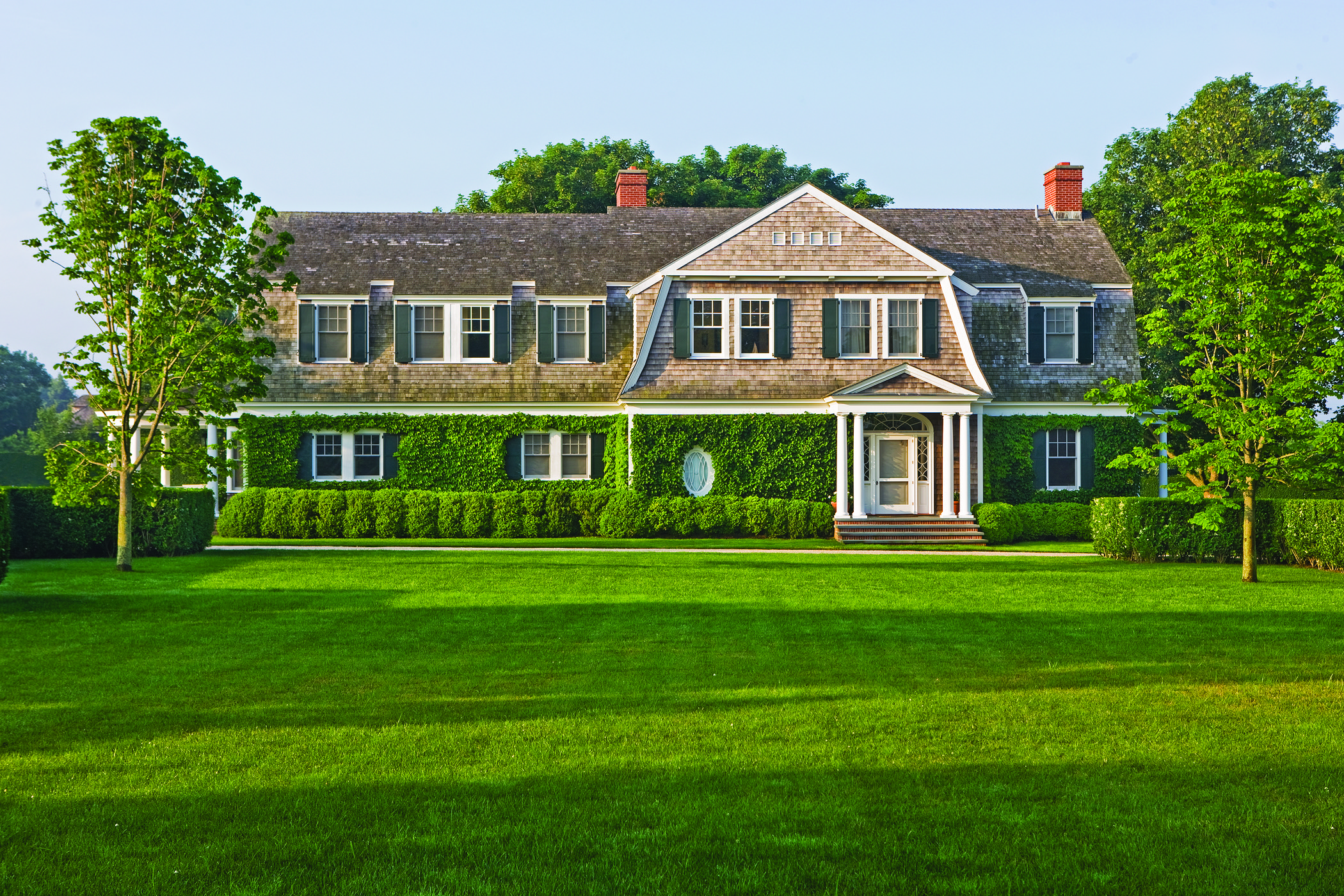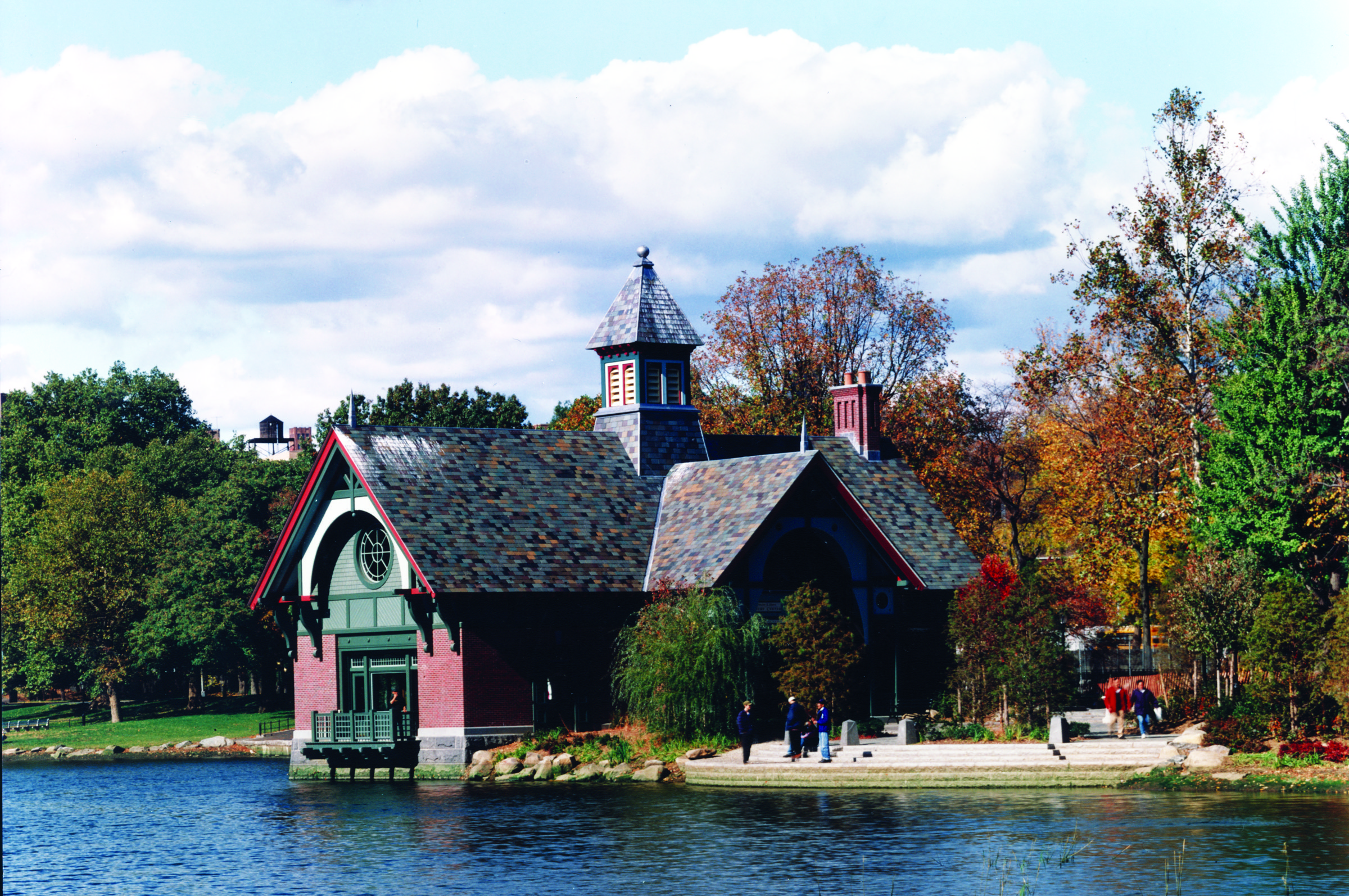by: Alexander Luckmann
Samuel G. White, FAIA, LEED AP, has practiced architecture for more than 40 years, most recently as partner at PBDW Architects. His designs are distinguished by their ability to insert new, flexible spaces into sites with strong historical context. Projects such as Temple Israel of the City of New York, the addition to Poly Prep Lower School, and the renovation of the Casa Italiana, home of the Italian Academy for Advanced Studies in America, stand out in his diverse portfolio of cultural, educational, and residential projects. Civic projects include the Charles A. Dana Discovery Center in Central Park. The great-grandson of Stanford White of McKim, Mead & White, Samuel White has also written a number of books about his ancestor, and for many years taught at New York University. Here, he talks about the New York cultural institutions he has worked with, the responsibility of architecture’s public face, and the importance of his written work.
Q: You have completed many projects in New York City, many of them for educational and cultural clients such as Saint David’s School and the Italian Academy for Advanced Studies in America. What have these projects taught you about the range of institutions in NYC?
A: New York must be unusual for the number and vitality of its independent institutions, and the city continues to surprise because each of these institutions is different. No two museums, no two independent schools, and no two synagogues are alike. All of them have different needs, different sites, and different populations, but their most interesting differences arise from the fact that each has a unique culture. Understanding that culture becomes a critical if you are to earn the loyalty of your client.
Q: Many of your projects exist in relation to existing streetscapes and campuses. How do these contexts influence your designs?
A: When we designed the Charles A. Dana Discovery Center in Central Park we understood that most of the people who saw it would never go inside and that the resources of attention and budget had to be lavished on the exterior. The point is that any building that imposes upon public space incurs an obligation that can only repaid through good design of its public face. Architects need to give something back to the context and they should be particularly generous to the people who will walk past, touch, or stand next to their buildings. That contract cuts both ways, and the street level has to protect as well as invite. That requirement makes for interesting design at a human scale, no matter how big the building.
Q: For many years you taught in addition to your practice. How do teaching and practicing affect each other in your work?
A: Teaching is surprisingly hard work. For 12 years my wife Elizabeth and I taught an introduction to architectural practice to undergraduates at NYU. My practice provided the raw material for much of the course, and we stressed the importance of having an architectural idea and presenting it cogently in front of a group, which is possibly the most important thing an architect has to be able to do. So that half of the transaction is easy to identify, but the other half is harder to pin down. I think I became better at explaining things, more thoughtful when articulating an opinion, and more resourceful at extracting a good idea from an incoherent mess. The class would meet at our office, and I like to think that our staff, many of whom were recently out of school, appreciated the integration of academia and practice. Lastly, you have no idea what it does to your self-esteem to be addressed as Professor.
Q: Your great-grandfather was architect Stanford White, about whom you have written. Has your work been influenced by him?
The short answer is no. I am a different kind of architect. What we do have in common a fascination for New York City, an appreciation for historic architectural styles, and belief in the value of designing single family houses, but it stops there. The more you know about Stanford White’s work the more impressive his talent becomes. He accomplished so much, particularly as he only lived to the age of 53!
Q: How has your written work changed your architecture practice?
After the second book was published I was approached by the owners of Astor Courts, the playhouse that Stanford White designed in 1902 for John Jacob Astor IV. It is one of the most beautiful residences in America, with facades based on the Grand Trianon at Versailles, and enclosing 40,000 square feet (including an indoor tennis court, an indoor swimming pool, and a front hall that easily doubles as a ballroom). I am still working on the house after a dozen years.
The books give the firm credibility going after certain restoration projects, but other than that single commission they have changed our architectural practice very little. What they have changed is the way I spend my time. I get a lot of invitations to speak on the subject and they have led directly to extracurricular activities such as the current effort to save the Gould Memorial Library at Bronx Community College.
The books contain good information, they have wonderful photographs by Jon Wallen, and they are handsome objects. As a convincing presentation of the work of McKim, Mead & White they should hold their value for a long time. I wrote the books with my wife Elizabeth White. It was a productive collaboration, and we are very proud of the results.
Q: How are you involved in the AIA, and why is it important to you?
We encourage our staff to be actively involved in the AIA. Alex Alaimo has been a longtime member of the National AIA Associates Committee, and Heidi Kippenhan is Co-Chair of the local chapter’s Cultural Facilities Committee. Their participation energizes the connection between the architects in our office and the profession as a whole. Also, I am astonished—and even intimidated—by the volume and quality of programming that comes out of the Center for Architecture. I make a point of going when I can.













